If you’ve walked into your local coffee shop and spotted the price tag on a single origin pour over or a bag of fresh small batch beans, you’re probably thinking, why specialty coffee is so expensive? I get this question all the time, both as a coffee lover and someone who wants to see more people enjoy really great coffee. There’s a lot happening behind that price tag, from the farms all the way to your cup, and it can feel a bit overwhelming to wrap your head around at first.
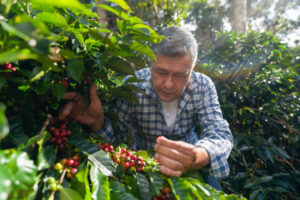
What Actually Makes Specialty Coffee “Special”?
Specialty coffee stands out for its quality, traceability, and flavour. These beans usually come from a single region, sometimes even a single farm, and are picked, processed, and roasted with way more attention to detail than your average bag from the supermarket. Roasters and farmers work together to create something unique, which means tracking down beans with specific flavour notes and using careful roasting methods to highlight those flavours. This level of quality control adds time, effort, and cost at every step of the process.
If you want to dig into how specialty stacks up against commercial coffee, this article lays it all out pretty clearly. It’s a solid read if you’re still on the fence about whether the price bump is justified.
Why Does Specialty Coffee Cost More Than Grocery Store Coffee?
Specialty coffee doesn’t start out as your everyday budget bean. Here are a few reasons those prices tend to be higher:
- Quality farming: Farmers growing specialty grade beans put in more work, from picking only the ripest cherries by hand to managing small lots of land. They’re focused on quality over quantity, which slows things down and boosts their costs.
- Careful processing: Instead of bulk methods, specialty producers often process beans in small batches, using methods like honey or washed processing, to amplify certain flavours. This makes the process pricier and labour intensive.
- Direct trade and fair wages: Many specialty roasters pay farmers directly, often above fair trade prices, to ensure better income for producers. This supports ethical practices but also raises the final cost.
- Higher scoring beans: Only beans that score 80 points or above on a 100 point scale by certified tasters make the specialty grade. This picking process weeds out a lot of beans, so supply is smaller and demand stays high.
- Expert roasting and packaging: Specialty roasters test and tweak their roasting profiles for each bean, often roasting in small batches to keep things fresh. These little touches add up both in labour and equipment.
How the Price Breaks Down: From Farm to Cup
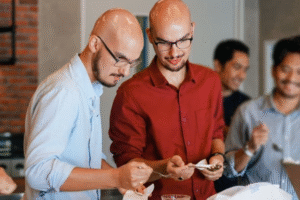
A cup of specialty coffee carries costs from a whole chain of people working behind the scenes. Here’s a rough sketch of how the expenses stack up:
- At the farm: Paying workers for careful picking, investing in sustainable farming, and maintaining quality through every step isn’t cheap. Farmers also need to adapt to shifting climate patterns, which can threaten their harvests and increase expenses for irrigation and care.
- Import and export: Getting beans transported safely, inspected, and taxed across borders is a whole operation of its own. Growers and exporters must follow strict quality and traceability requirements, adding paperwork and logistics to the mix.
- Roasting: Roasters spend time developing the best profiles to bring out unique flavours. They roast in small quantities, taste test, and adjust, often tossing out any batches that don’t meet their standards. Equipment used for this process is specialized and costly, and continual experimentation is needed for quality outcomes.
- Packing and shipping: Specialty coffee is almost always packaged right after roasting to ensure it’s tasty when it arrives at your door. Postage for small batch products and protective packaging also play a part. Many roasters use eco-friendly materials, which, while better for the planet, can add to costs.
- Retail markup: Your local coffee shop’s rent, utilities, staff, and equipment all roll into the final price of your cup. Cafes typically strive for ethical sourcing and better working conditions, contributing to those extra cents on your order.
No single piece of this chain is to blame for the high cost. It’s really a bunch of small, quality driven choices that snowball into the prices you see on menus or coffee bags.
Is Speciality Coffee Worth the Cost?

If you’re used to getting a big tub of store brand coffee for a few bucks, specialty coffee prices might feel out of reach. The thing is, with specialty coffee, you’re buying a different experience: better flavour, traceability, and the knowledge that the farmers are getting paid a fair wage. It’s about more than caffeine; it’s about the story, the farming community, and the quality in every sip.
I’ve brewed plenty of store-bought coffee and specialty beans at home. The difference is pretty clear the moment you smell and taste a professionally roasted, freshly ground bean. That unique flavour and aroma, whether it’s bright fruit notes, rich chocolate, or subtle florals, just isn’t there in most standard coffees. Your enjoyment factor gets a boost, making your daily cup feel like something special.
Tips for Getting the Most Out of Your Specialty Coffee Money
Even if you often feel speciality coffee is too expensive, there are still ways to enjoy quality on a budget:
- Buy whole beans and brew at home: Brewing your own pour overs, French press, or even iced coffee cuts costs down to a fraction of what you’d pay at a café. Plus, the flavours are real when beans are fresh and well brewed. If you’re new to home brewing, many roasters offer guides to help you get started, so you can unlock awesome flavours with some simple gear.
- Look for bundles or tasting packs: Some roasters offer sampler packs to let you try several coffees for less money than buying bags individually. The Coffee Twins Tasting Pack is pretty handy for comparing flavours and finding your favourite. Don’t be afraid to split costs with a friend so you both get to taste more varieties.
- Go for subscription deals: Subscribing to a regular delivery often knocks a few bucks off each bag and keeps your home stock fresh. Some places even let you pause or adjust your deliveries as needed, giving you flexibility based on your budget or sipping habits. Over time, you can often access exclusive beans or bonus samples as part of a subscription.
- Explore blends: Blends often combine two or more beans, which can make them a little less pricey but still delicious. The Strong Coffee Bundle gives a bold taste without stretching your budget as much as some single origins. You might stumble upon a blend that becomes your go to morning brew.
- Prioritize freshness over volume: Buying smaller amounts more often means you enjoy your coffee at its best, and you’re less likely to waste beans that go stale. Tracking down fresh roast dates and buying in smaller bags ensures you always have eye-catching flavours in your cup.
Challenges for Producers and Roasters
It’s easy to focus on what feels expensive for our wallets and forget that specialty coffee farmers and roasters face a tough road, too. Smallholder farmers rely on weather, market prices, and often outdated equipment or infrastructure. These folks often aren’t getting rich from those higher prices; they’re just able to pay workers fairly, maintain land, and keep up sustainable practices.
Roasters also deal with fluctuating costs for green beans, shipping, and energy. Many are small businesses scraping by with thin profit margins. By paying more, we support an industry that values both flavour and people. Supporting specialty coffee means keeping an eye out for those doing the hard work behind the scenes.
In fact, every cup you enjoy helps grow a market where quality and ethics matter. The more people who make the switch, even occasionally, the greater the demand for better pay and sustainable practices at the farm level. It’s a ripple effect that benefits communities worldwide.
The Simple Joy of Good Coffee
There’s true joy in brewing coffee that’s been crafted with care throughout its adventure. Sharing a special cup with friends or simply taking the time to enjoy your morning cup can make the higher price feel worthwhile. It’s about slowing down, appreciating all the flavours, and knowing where your coffee comes from. You join a global circle of coffee lovers and passionate creators who care about every detail.
From the first aroma when you open the bag to the last sip, specialty coffee has the power to turn a daily routine into a small ritual. Experimenting with different origins, brewing methods, and tasting notes can make the ordinary feel next-level cool without having to leave your kitchen.
Once you taste the difference and see where your money goes, you won’t need to ask is speciality coffee worth the cost anymore.
Frequently Asked Questions
Question: Is specialty coffee always better than commercial coffee?
Answer: Specialty coffee usually offers more complex flavours, better sourcing transparency, and higher ethical standards. That doesn’t mean commercial coffee is bad, just that specialty gives you a new level of quality and connection to your cup.
Question: How can I tell if a coffee is worth the higher price?
Answer: Look for details about the origin, roast date, variety, and farmer or cooperative on the bag or website. If a coffee roaster shares this openly, it’s a sign they care about quality and transparency. Stumbling upon detailed background info means you’re tracking down coffee made with pride.
Question: Are there affordable ways to try specialty coffee?
Answer: Definitely. Many specialty roasters offer sample packs or occasional discounts. Buying directly and brewing at home gives you the specialty experience for less money per cup than you’d pay at a café. Teaming up with a friend to split bags is another easy way to check out more flavours without breaking the bank.
Spending a bit more on specialty coffee supports a worldwide network of passionate, skilled people who care deeply about great coffee and ethical production. Once you taste the difference and see where your money goes, the price tag starts to make a lot more sense. It feels a little less steep for what you’re truly getting, especially when you get a sense of the care packed into every delicious cup.


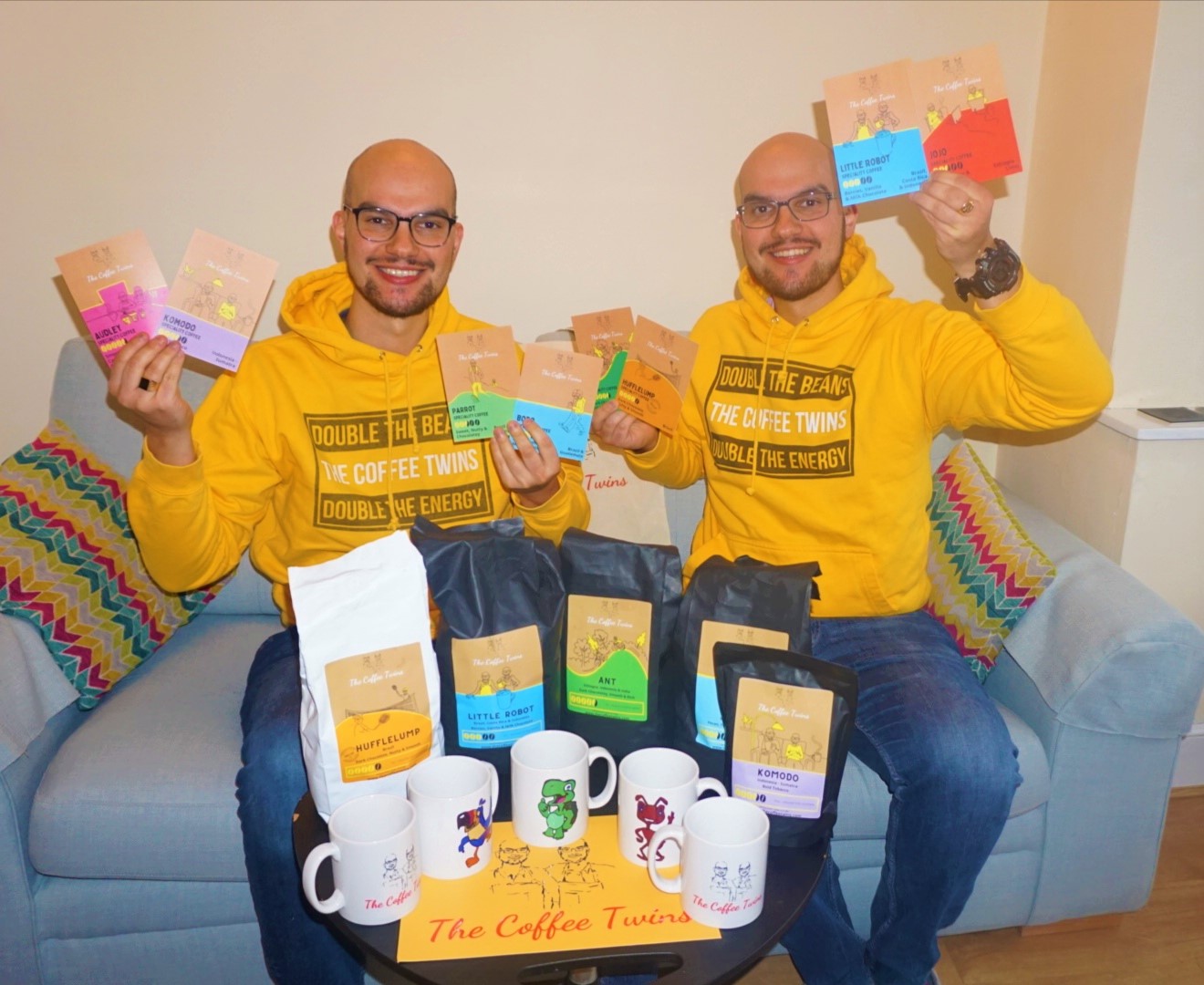
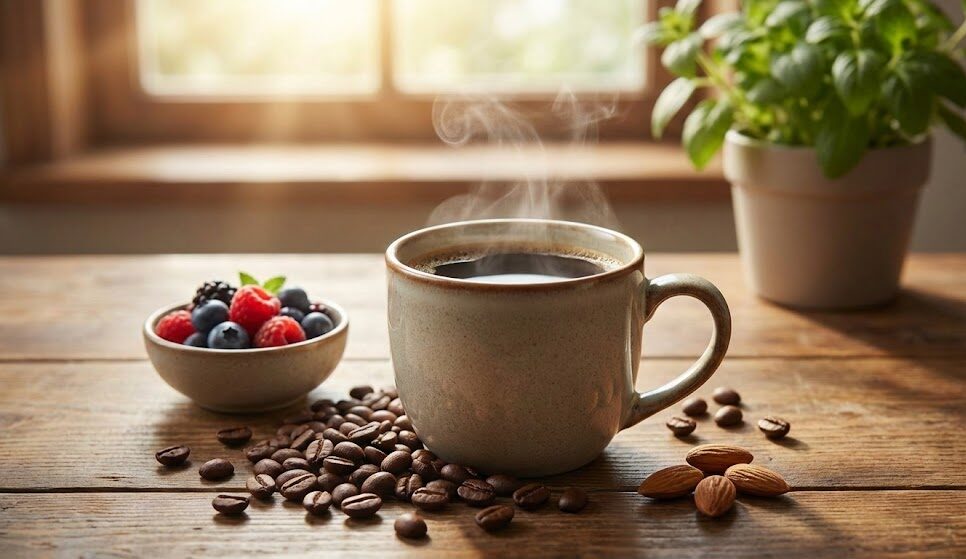
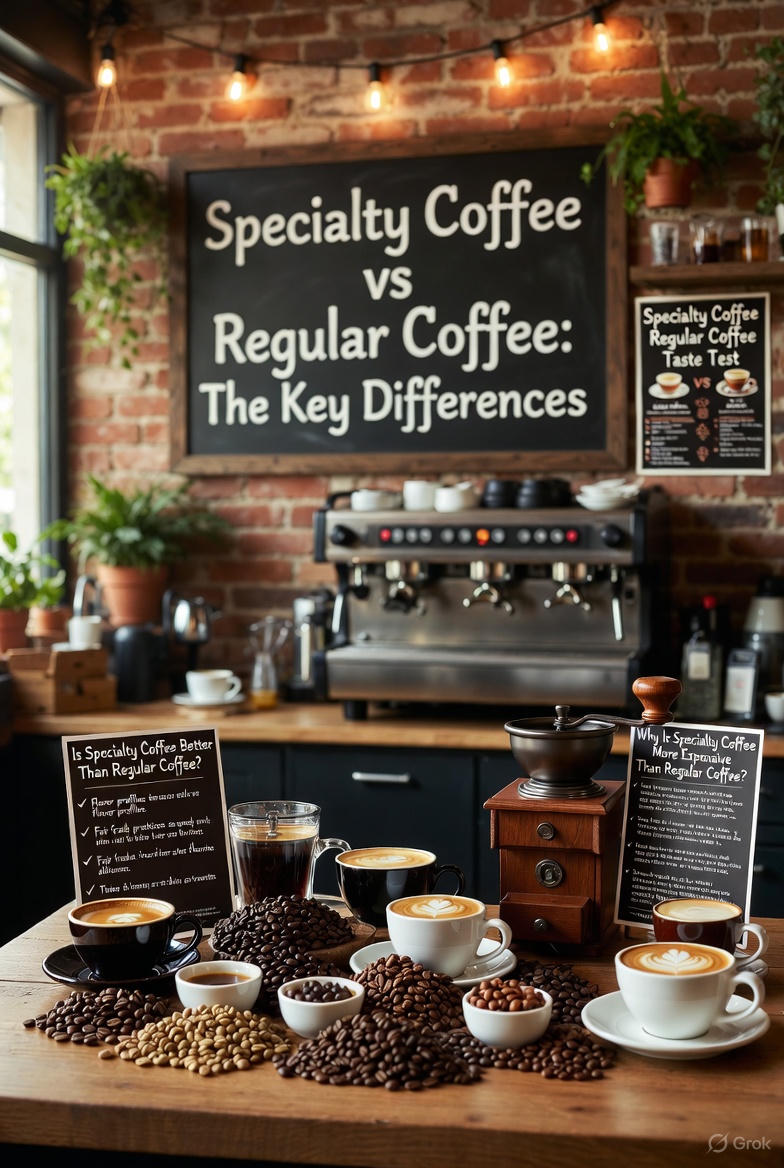


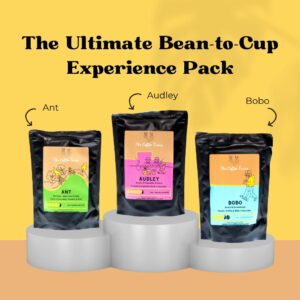
0 Comments